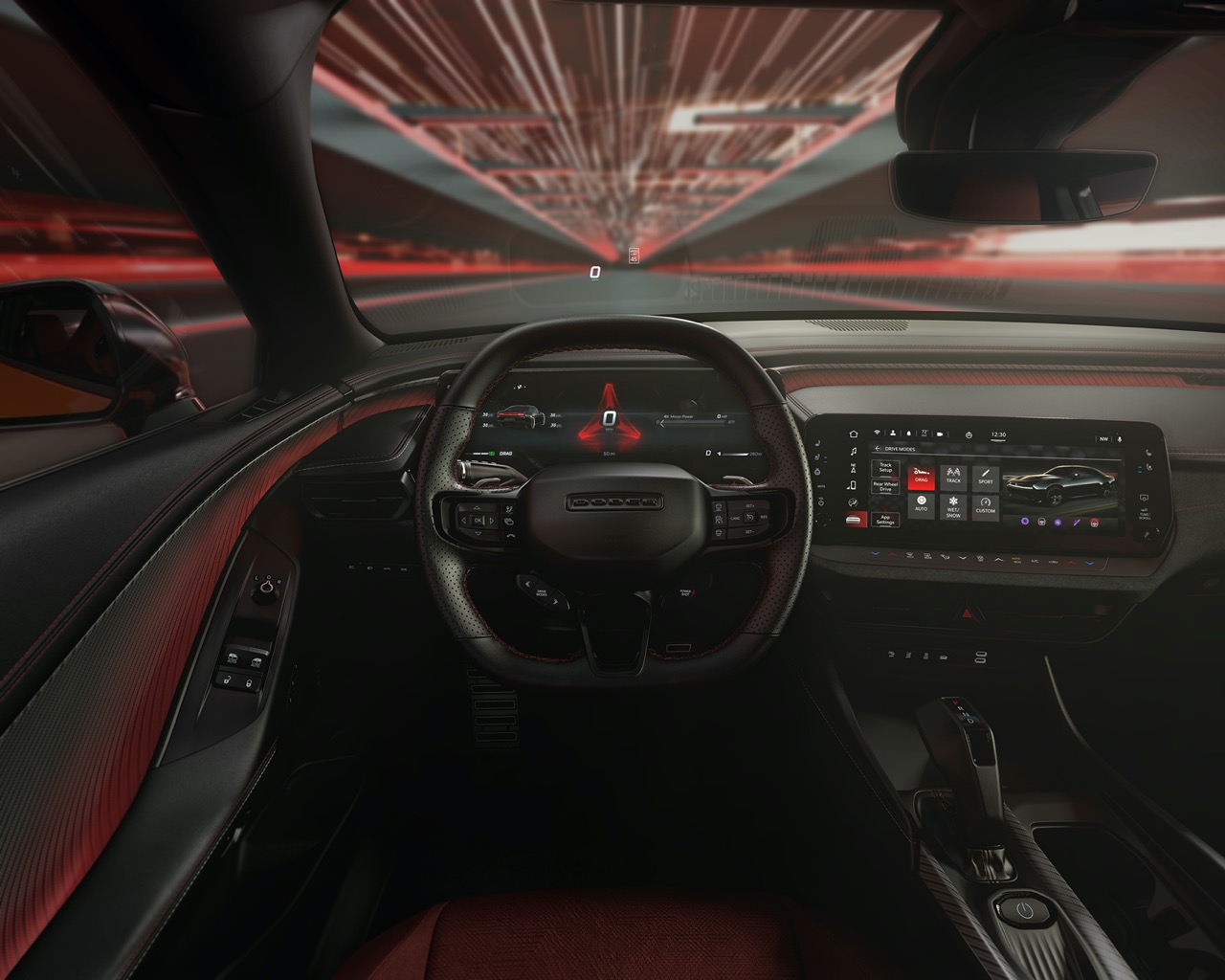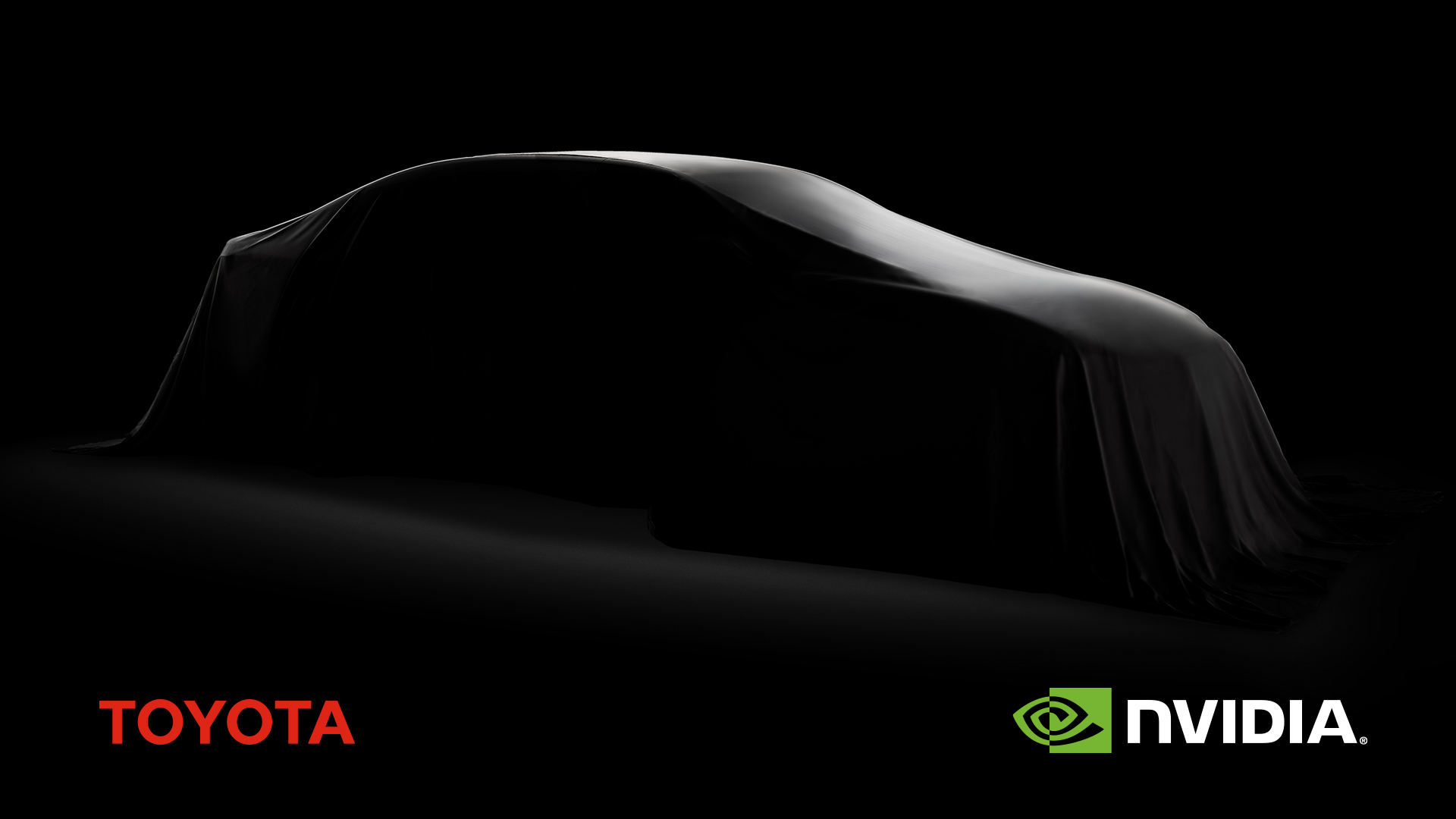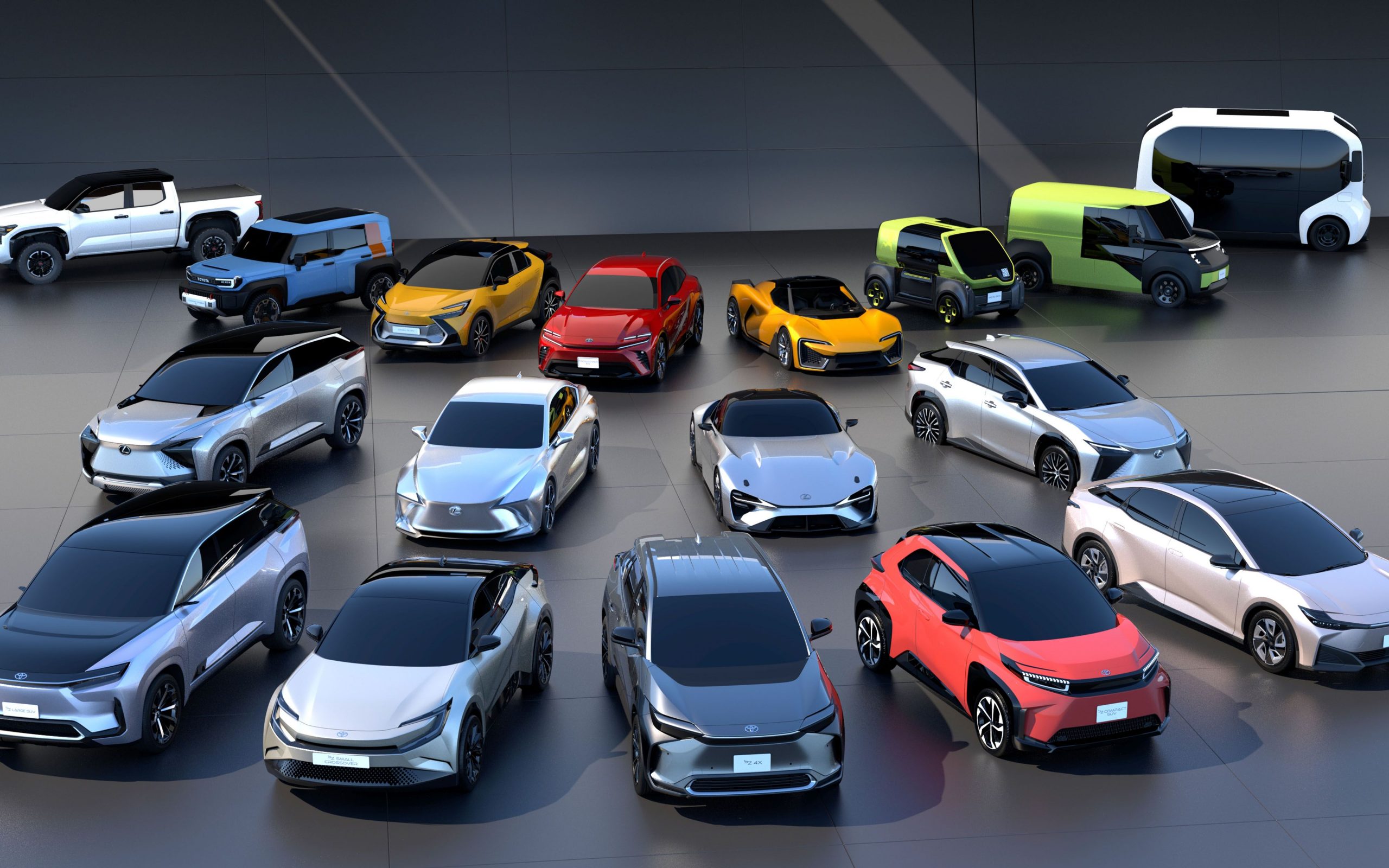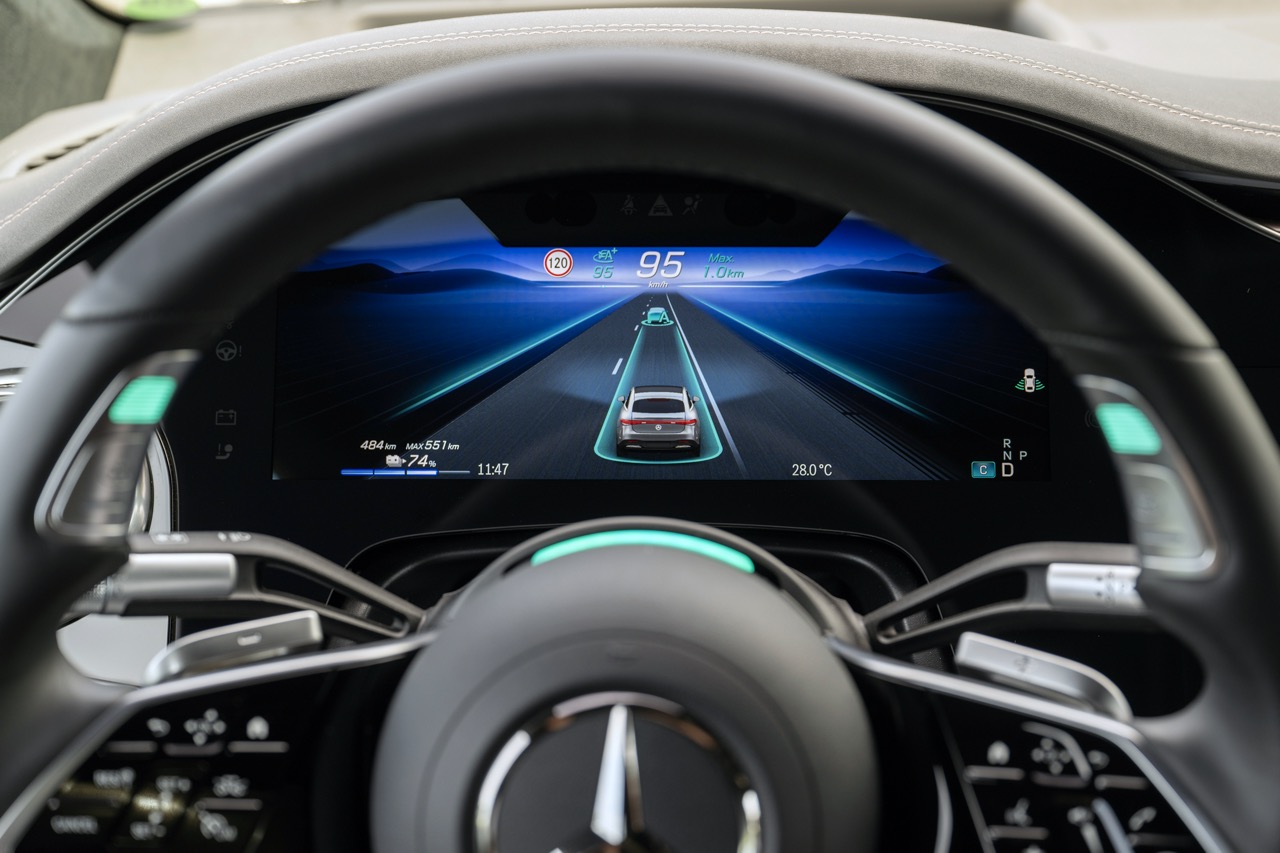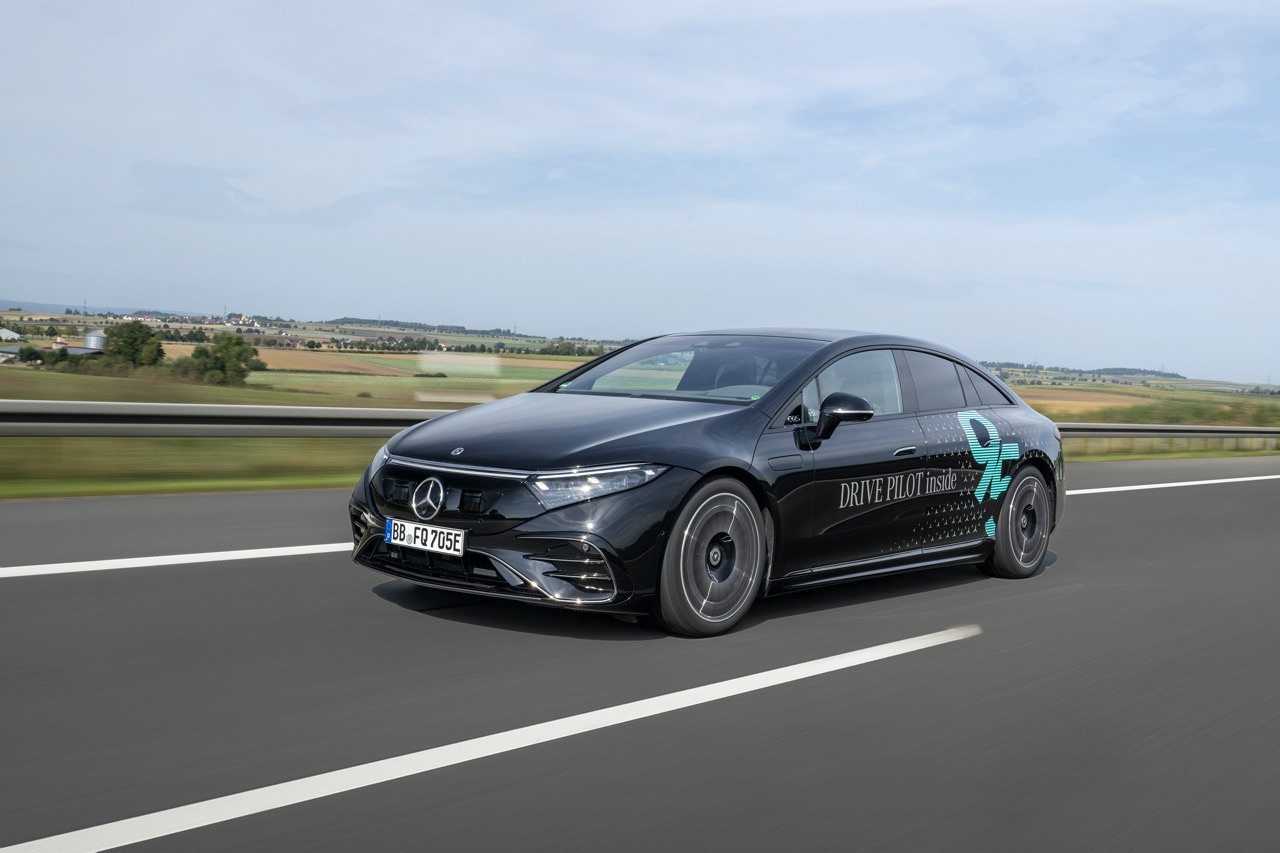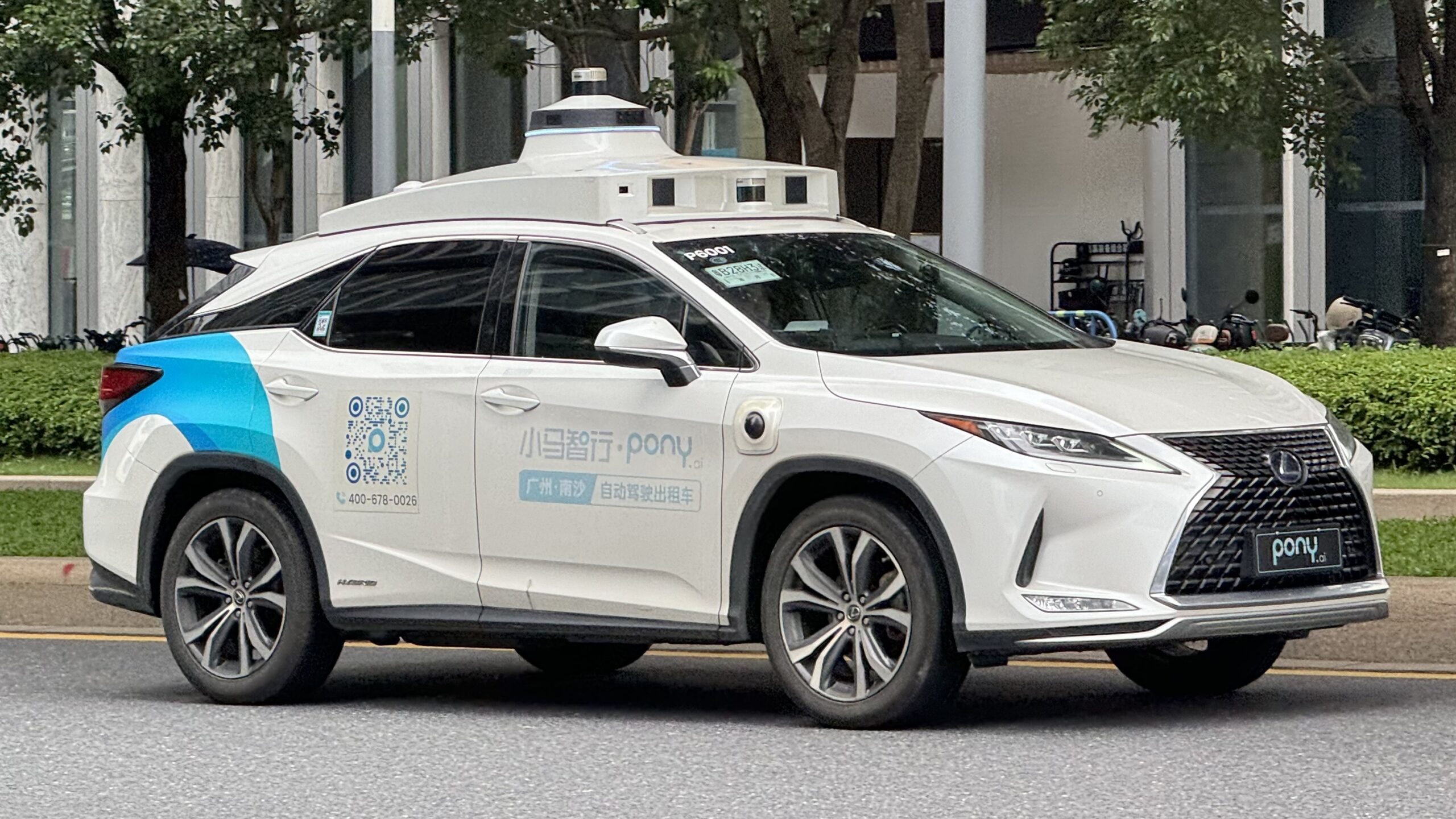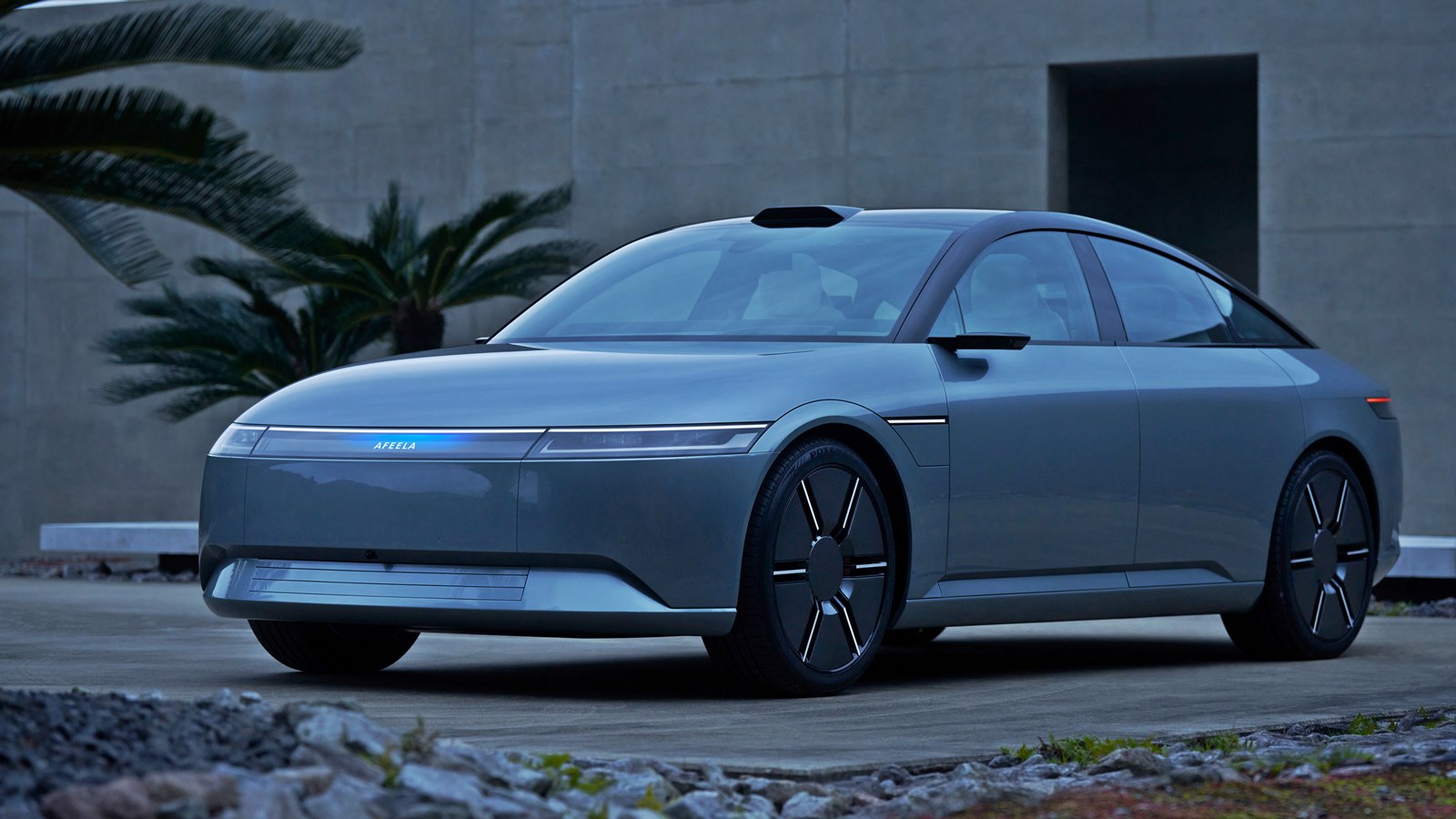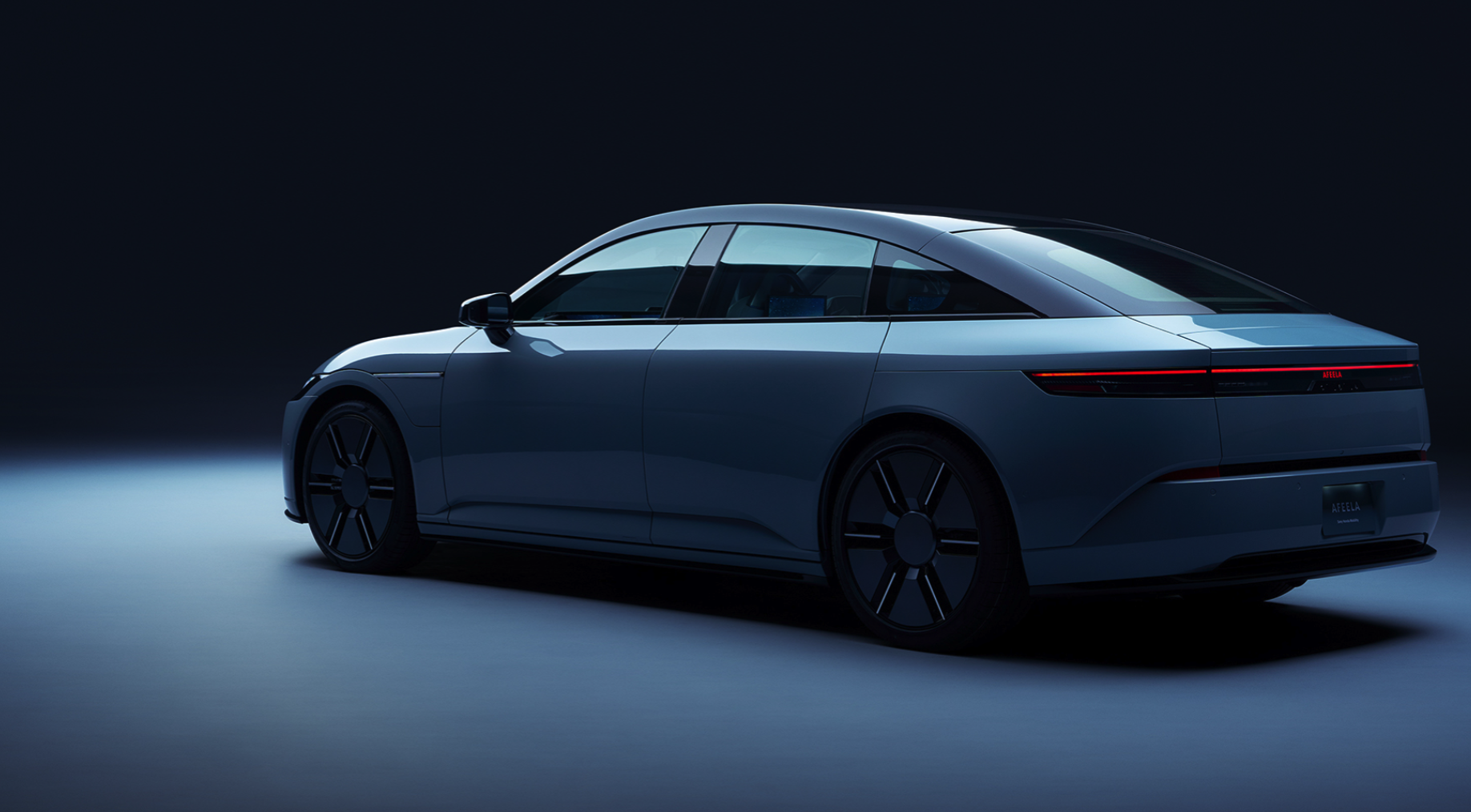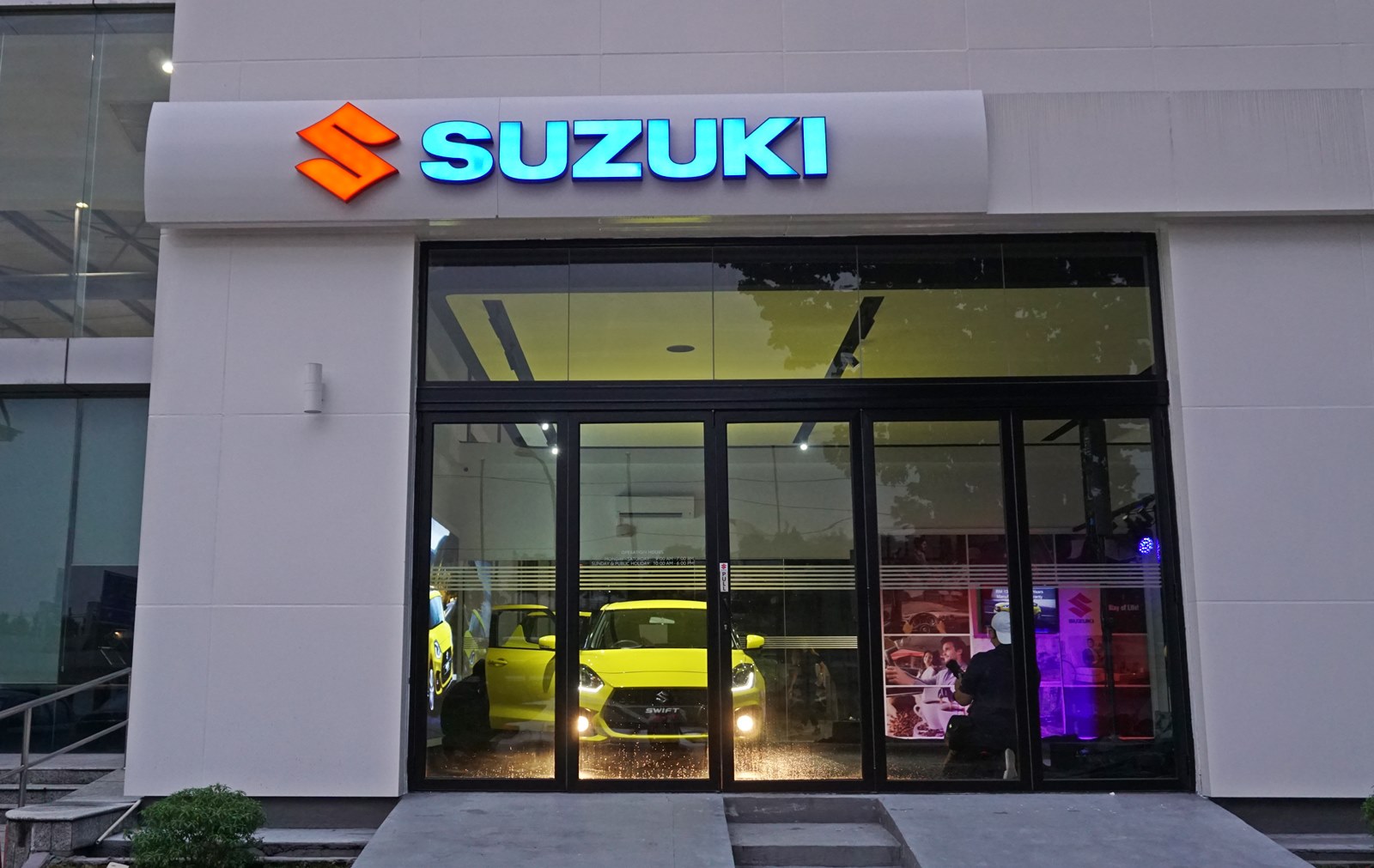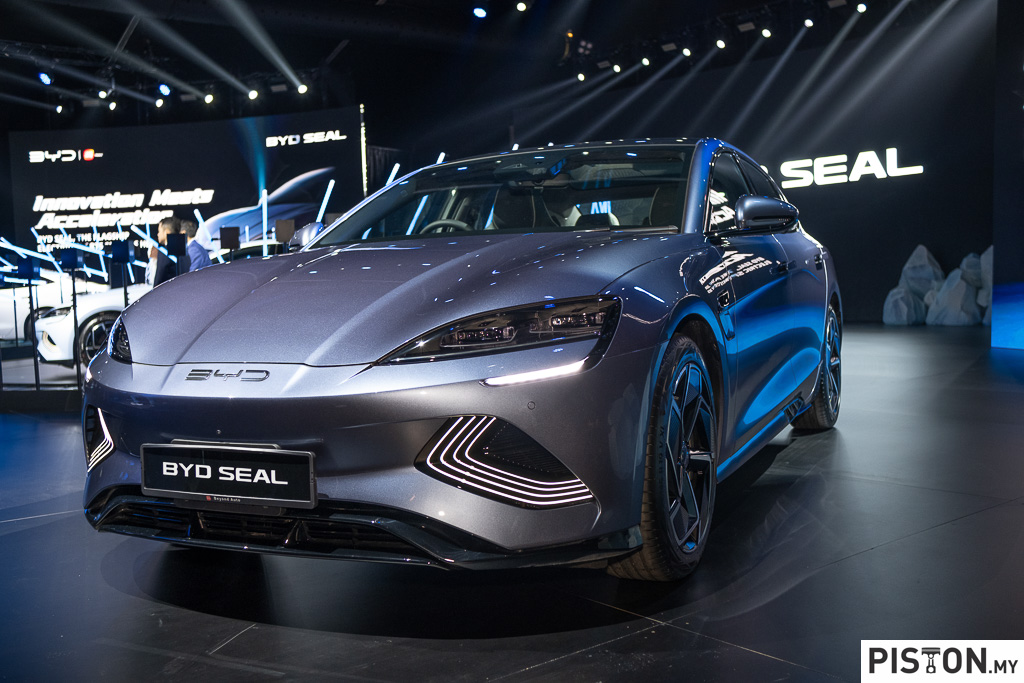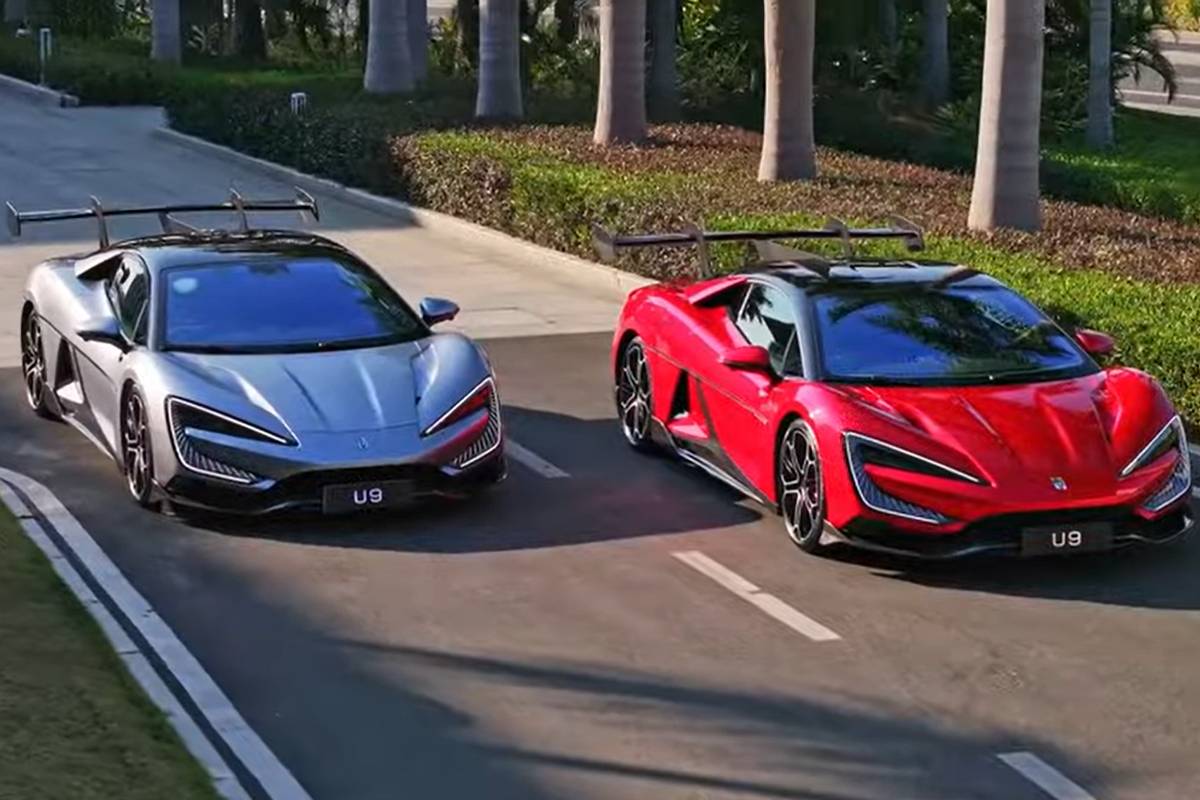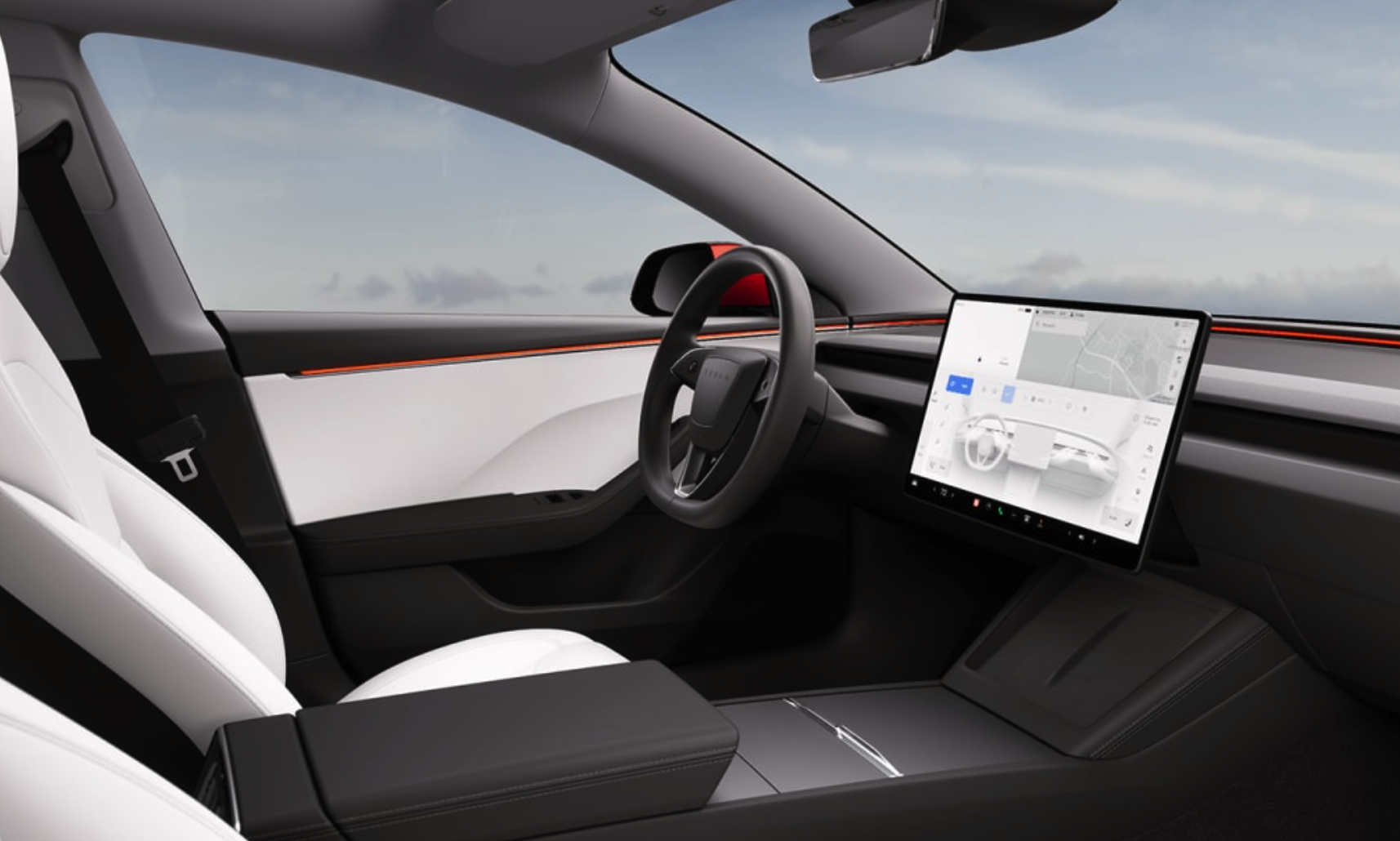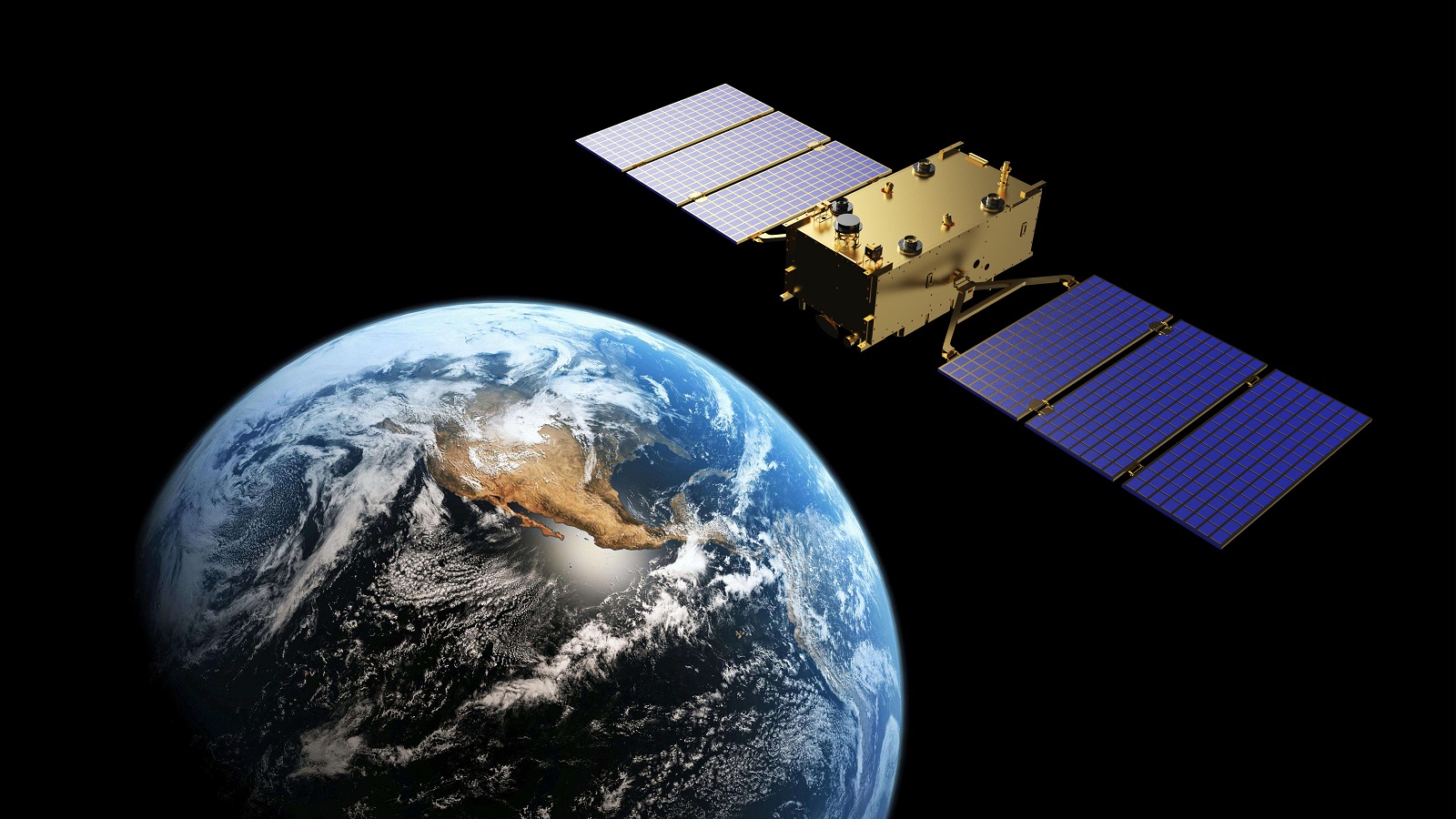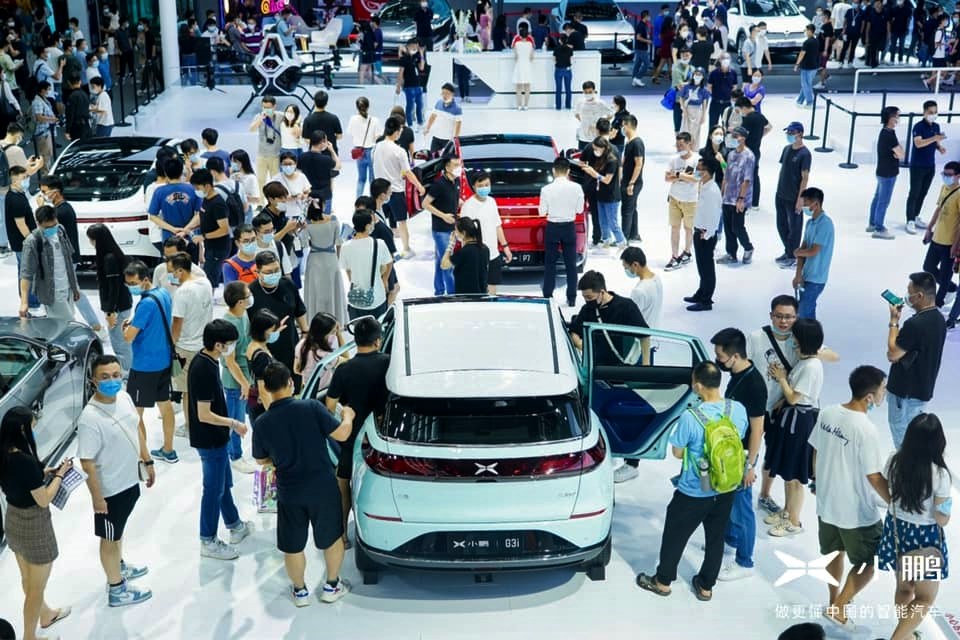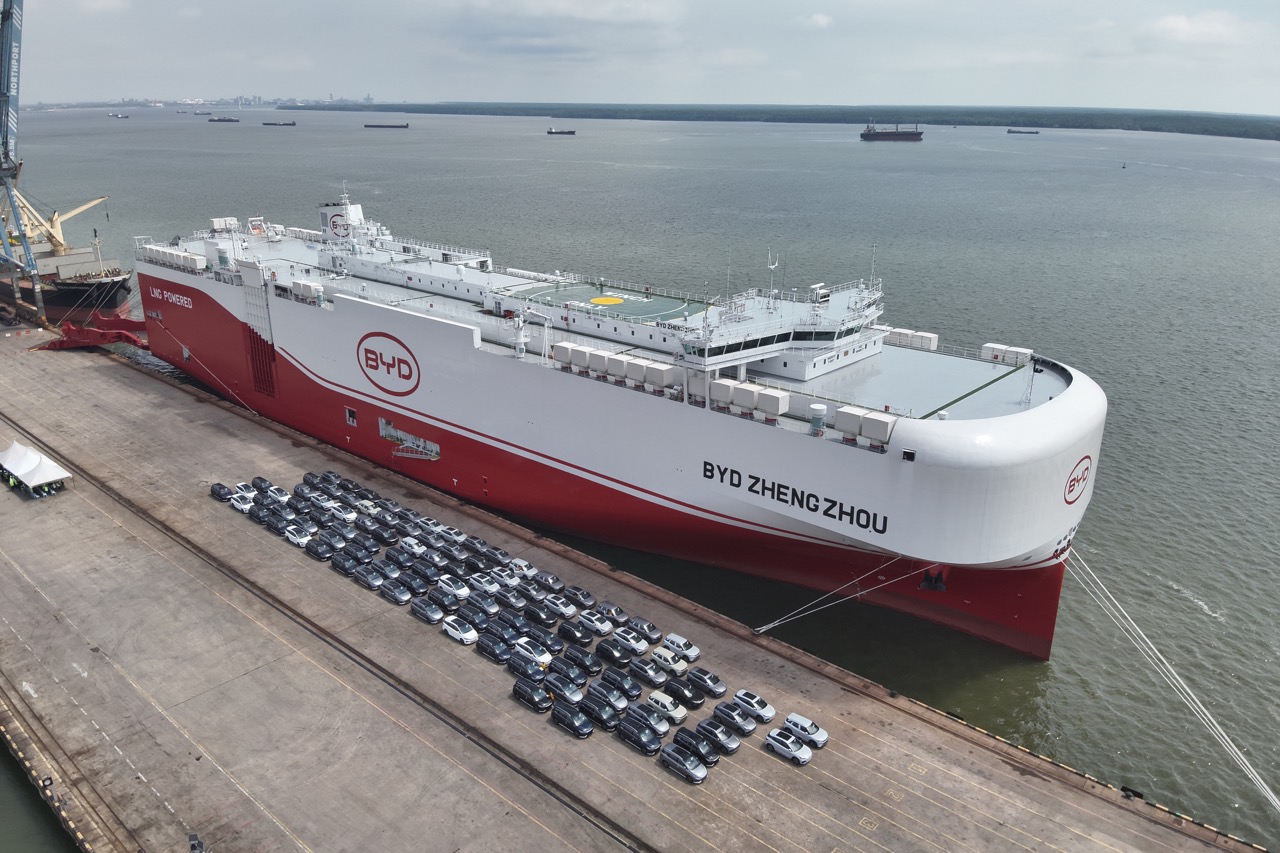Volkswagen is set to introduce Xpeng’s advanced autonomous driving system, known as XNGP, into its next generation of electric vehicles in China starting in 2026. The first model to receive this technology will be a mid-size SUV jointly developed with Xpeng, marking a significant milestone in Volkswagen’s evolving strategy for the Chinese market.
The system, designed by Xpeng and already proven in the company’s own models, will serve as the foundation of Volkswagen’s new approach to localised innovation in the world’s largest EV market.
The German automaker’s collaboration with Xpeng dates back to July 2023, when Volkswagen invested €700 million in the Guangzhou-based EV manufacturer, securing a 4.99% equity stake. The two companies later confirmed that they were co-developing a pair of mid-size electric SUVs, which are both set for release in 2026.



